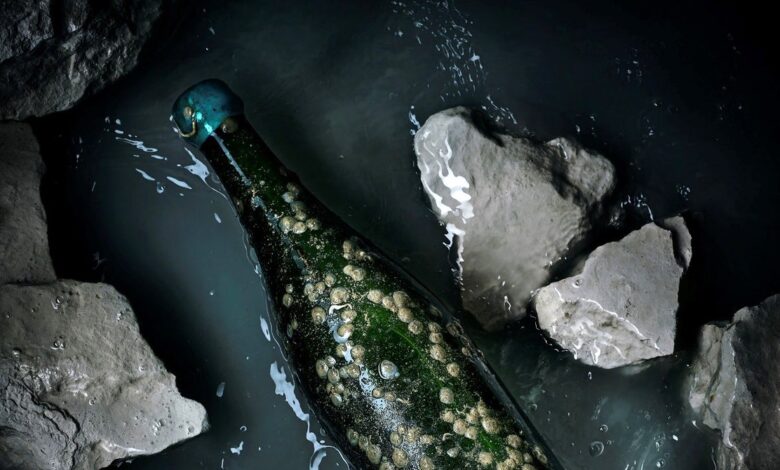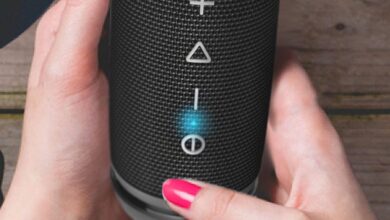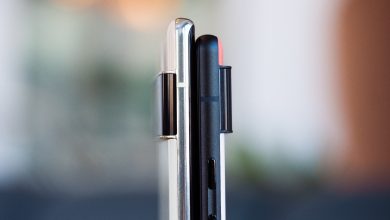Undersea-Aged Champagne Is Starting to Surface

If you’ve ever been hit by a flying champagne cork, you will be painfully aware of the pressure in a bottle of fizz. And that pressure inside—and outside—the bottle has caught the imaginations of champagne innovators.
“We conduct many trials every year to fine-tune the pressure to the vintage,” says Louis Roederer’s chef de cave, Jean Baptiste Lécaillon. “We have a lower pressure—so smaller bubbles—[because] we want a seamless and soft mousse.”
The pressure inside a bottle of champagne is typically around 6 bar, or three times the pressure of a car tire. But Louis Roederer champagnes can range from 6 to 4.5 bar. “The more acidity you have in the wine, the more aggressive the feeling of the bubbles … This is also why we are on the low side,” explains Lécaillon, “especially on Cristal, which is often non-malo [referring to malolactic fermentation] and low pH.” The newly released Cristal 2015, he says, “is a great example of this featherlight mousse … It is at the same time delicious, effortlessly intense, and delicate.”
One only needs a basic grasp of physics to realize that storing champagne at higher temperatures will increase the pressure inside. But scientists were astonished to find that when a bottle stored at 20 degrees Celsius (well above cellar temperature) was uncorked, the velocity of gas expelled from the bottleneck momentarily reached almost Mach 2—twice the speed of sound.
The Ballistics of Bubbly
Researcher Gérard Liger-Belair, professor of chemical physics at the University of Reims Champagne-Ardenne, likens this phenomenon “to what happens with rocket plume exhausts.” The pressure causes the CO2 to freeze and turn to dry ice when suddenly released, creating a plume at the bottle opening.
Liger-Belair is a specialist in champagne and effervescence, and the author of Uncorked: The Science of Champagne. But he hopes the findings, published in an academic journal last year, will also have applications in the fields of ballistics and rocketry.
The pressure in a champagne bottle falls over the years, resulting in smaller and scarcer bubbles—and that more composed, rather quieter character can often be part of the charm of a long-aged cuvée.
In the name of research, Dom Pérignon’s cellar master Vincent Chaperon once tried to reinvigorate the bubbles in a bottle of Dom Pérignon Plénitude 2, which is aged on the lees for 15 to 20 years, or around twice as long as a flagship DP. He won’t say how he did it (SodaStream? Aarke?), but he admits the result was “unharmonious—not good.”




